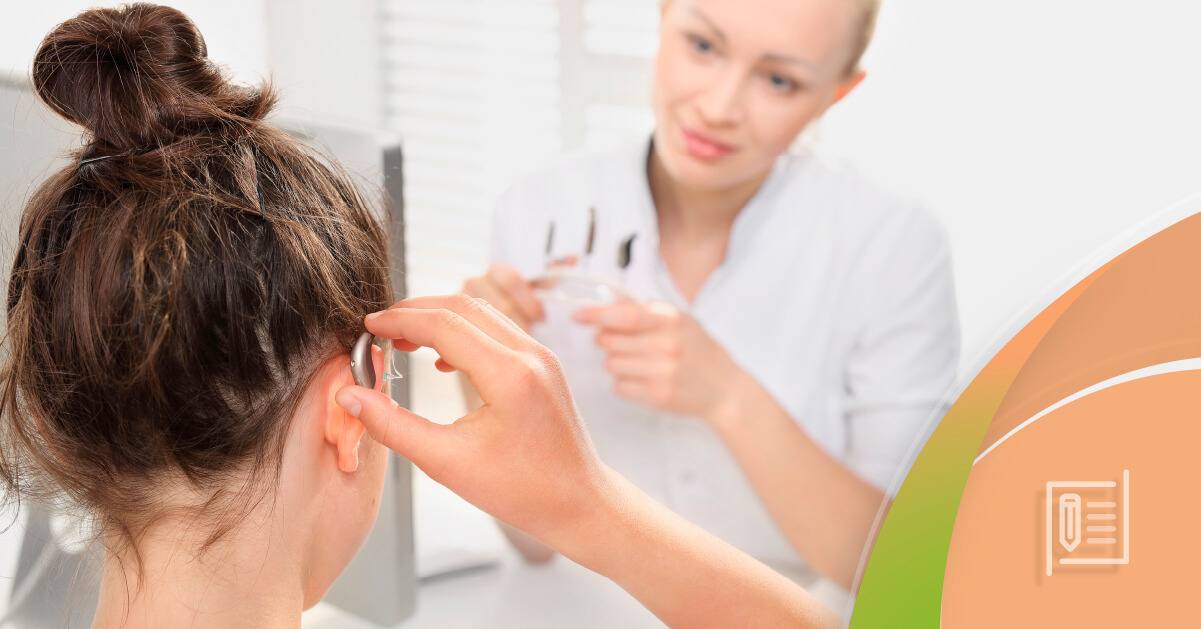
15 May Hearing Aids for Kids
Children with normal hearing begin learning speech and language long before they begin speaking. Early diagnosis and rehabilitation of hearing loss increase the likelihood of developing better listening skills, as well as better language and articulation. The selection of a hearing aid(s) is based on the idea of providing the child with soft, average and loud speech. The circuitry chosen is based on the child’s age, the type, degree, and configuration of hearing loss. Measurements of sound inside the child’s ear canal are taken in order to avoid causing further damage to the inner ear.
Behind-The-Ear Hearing Aids
Children are generally fit with Behind-The-Ear (BTE) Hearing aids. The hearing device sits behind the ear, and a custom-made earmold (made of a soft material) sits in the ear, delivering the sound from the aid into the ear canal. As children grow, the earmold is replaced. BTE hearing instruments are most commonly fit on children for several reasons:
- Children grow quickly and so do their ears. As the child grows, the earmold in the ear is replaced for a minimal cost. Depending on the age and the amount of growth in the child, the earmold will need to be replaced every 3-12 months.
- Safety is a concern with dealing with children. BTE hearing aids are safe and comfortable for all children, particularly physically active children. BTE hearing aids also have volume-control covers, tamper-proof battery compartments, and may also be water resistant.
- Durability. BTE hearing aids require fewer repairs and remakes than In The Ear Hearing aids.
- Flexibility. Some hearing loss’ are progressive, meaning that the hearing changes and gets worse over time. BTE hearing aids have a broader range of volume and are more flexible in adjustments therefore if the hearing does change, the hearing aids are more easily adjustable. There is also less chance of developing feedback (or whistling noise) at higher volume levels.
In-The-Ear Hearing Aids
Some teenagers choose to wear In-The-Ear (ITE) Hearing aids. This may be an option for some however not for all teens. Depending on the type, degree, and configuration of hearing loss, an ITE may or may not be an option.
What to Expect from a hearing aid?
Hearing aids do not restore hearing to normal levels. They are intended to amplify conversational speech to a comfortable level in a quiet environment. In noisy environments, the use of an FM system may be required to hear speech clearly. With more severe to profound hearing, it may be impossible to amplify speech to a level where it is clear and/or audible however it may give the individual an awareness of speech and other environmental sounds. Additional visual and facial cues are beneficial for all hearing impaired individuals and are vital for people with severe-profound hearing losses.
Source: http://www.hearingloss.ca/hearing-aids-for-kids/











